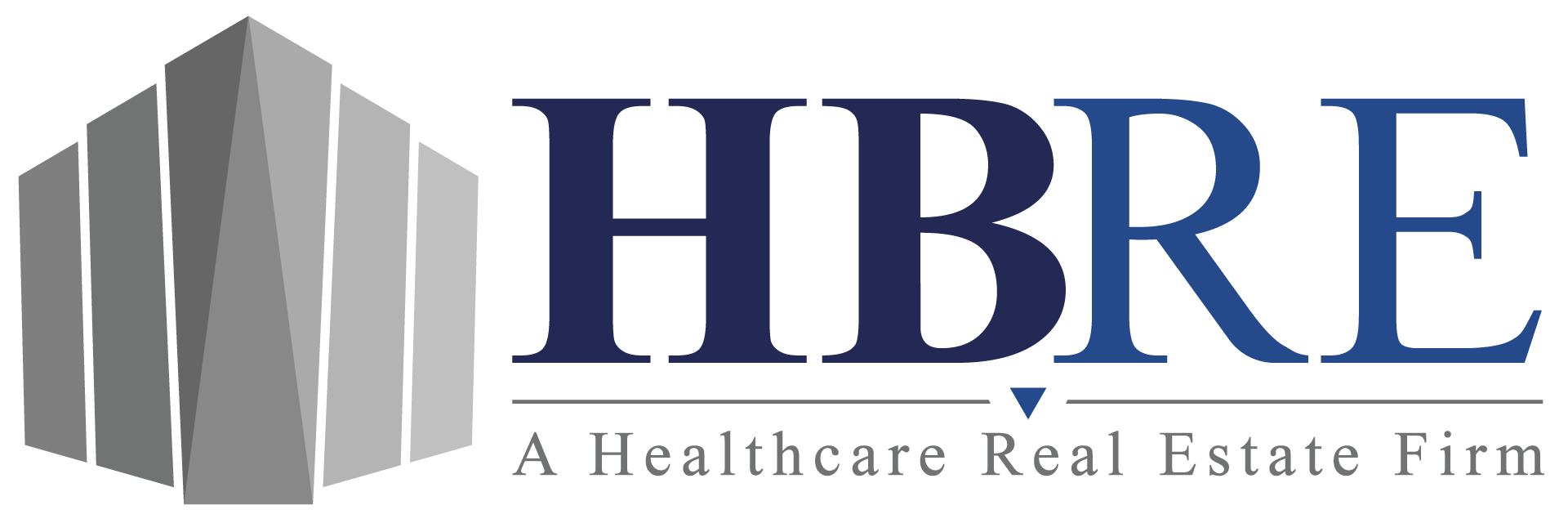CRE Advisors Understand the Terminology of a Lease
Lease wording can be challenging to navigate. They are designed to cover the vast majority of the details regarding payment responsibilities and facility upkeep. But the legalese and real estate-specific terminology can be confusing for business owners who are not in the CRE industry.
Many leases, especially those that did not originally have a CRE advisor’s oversight, require an overhaul. They should be a best-case scenario for the facility owner, landlord, and tenant. Sometimes, all it takes is a clear understanding of the terminology and an advisor to work through the details. These are some of the basic terms to know before signing a commercial lease:
- Common Area Maintenance
Common Area Maintenance (CAM) refers to the common areas of the building that are not directly included in the rental but are shared spaces. Examples include bathrooms, hallways, or stairways. Some lessors add CAM fees to the cost of a tenant’s square footage in order to determine the lease rate.Sometimes, tenants will request a CAM stop lease. In this case, the tenant would only pay for the increase in property taxes and CAM fees above what they were in the first year (or “base year”). The tenant could also request a CAM cap, so they only pay increases until they reach the agreed-upon amount. If the landlord allows the tenant to have a CAM stop lease, they may also raise the initial rent rate. But a CAM stop lease is still useful, as it allows the tenant to see exactly what they are paying for. - Gross
In a gross lease, the landlord pays for all basic expenses, which could include utilities or maintenance costs. Some landlords also agree to pay for property taxes and insurance costs in a gross lease. In simpler terms, a gross lease is “all-inclusive.” And because of all of the included expenses, the cost of gross leases is typically higher than the cost of other types of leases. - Modified Gross
In a modified gross lease, the landlord handles taxes, insurance, and CAM fees. The tenant pays for utilities, janitorial fees, and routine interior maintenance. Depending on the building and the deal either party may be responsible for the HVAC fees. - Single Net
In this type of lease, a tenant will pay their base rent along with a portion of the building’s property taxes based on the amount of space they occupy. The tenant also typically pays for the janitorial services and utilities. The landlord usually pays all other facility expenses. - Double Net
Double net leases require the tenant to pay for insurance and taxes based on the amount of space they occupy. In a double net lease, the landlord pays for facility repairs and CAM. - Triple Net
A triple net lease (also known as the NNN lease) includes taxes, insurance, and CAM within the monthly rent payment. Triple net leases also typically include general operating expenses or common area utilities. The triple net lease is the most common type for retailers and standalone buildings. - Tenant Improvement Allowance
Landlords typically like to rent a space as-is, but most will negotiate a tenant improvement allowance into the deal to apply to the tenants build-out. It can come in the form of cash or free rent.
Every lease should be tailored to the parties involved in a specific piece of real estate. HBRE advisors specialize in reviewing leases, markets, and facilities, guiding their clients through the details of each lease. Our unique expertise with medical real estate clients has given us a thorough understanding of how to best serve that sector of CRE. We not only understand how these terms function in a lease, but we know how they can best benefit both the lessor and the lessee.
If you are interested in learning more about investing in commercial real estate, or if you have questions about buying, selling, or leasing a commercial property, please contact an HBRE advisor. Our team of experienced CRE professionals have the skills and insight to assist with all property transactions. To reach out to us directly, email [email protected] or call 615-564-4133.




